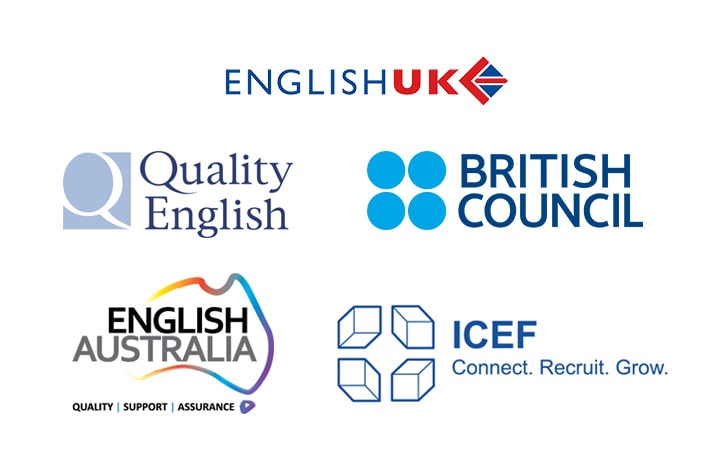Butlers chocolate experience: Witness the magic and wonder of a real life chocolate factory when you visit the Butlers Chocolate Experience for the ultimate chocolate discovery guided tour!
Dublin writers museum: The Irish literary tradition is one of the most illustrious in the world, famous for four Nobel Prize winners and for many other writers of international renown. In 1991, the Dublin Writers Museum was opened to house a history and celebration of literary Dublin.
City assembly house: It is an eighteenth-century building of historical, artistic and architectural importance that is being restored as a cultural venue to host exhibitions, musical performances and other events.
Blessington street basin (dublin's secret garden): Located at the end of Blessington Street, a 10 minute walk from O'Connell Street, this former city reservoir is now a quiet haven for both visitors and local wildlife.
The Georges Street Arcade: With over 50 shops and stalls the Georges Street Arcade has everything - cutting edge fashion for men/women and children, gifts galore, hairdressing, fortune telling, curios, collectables, and antiques.
Source: http://www.visitdublin.com/







